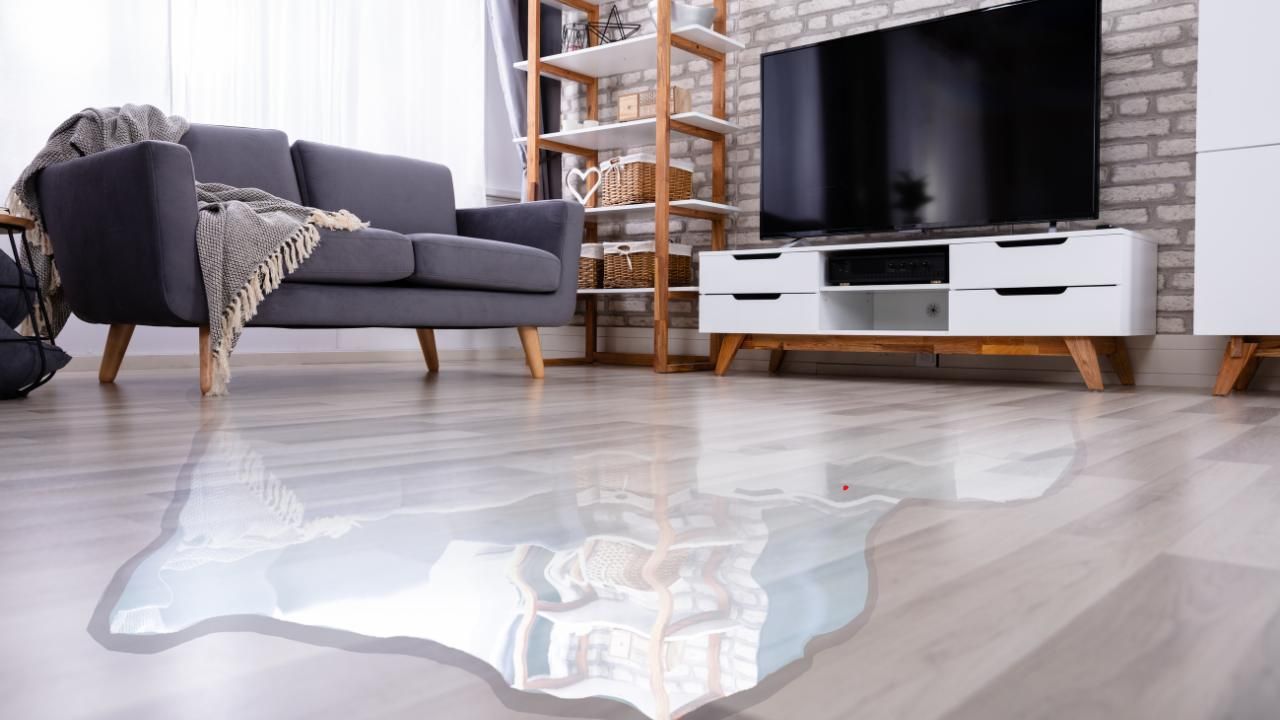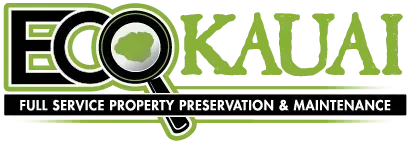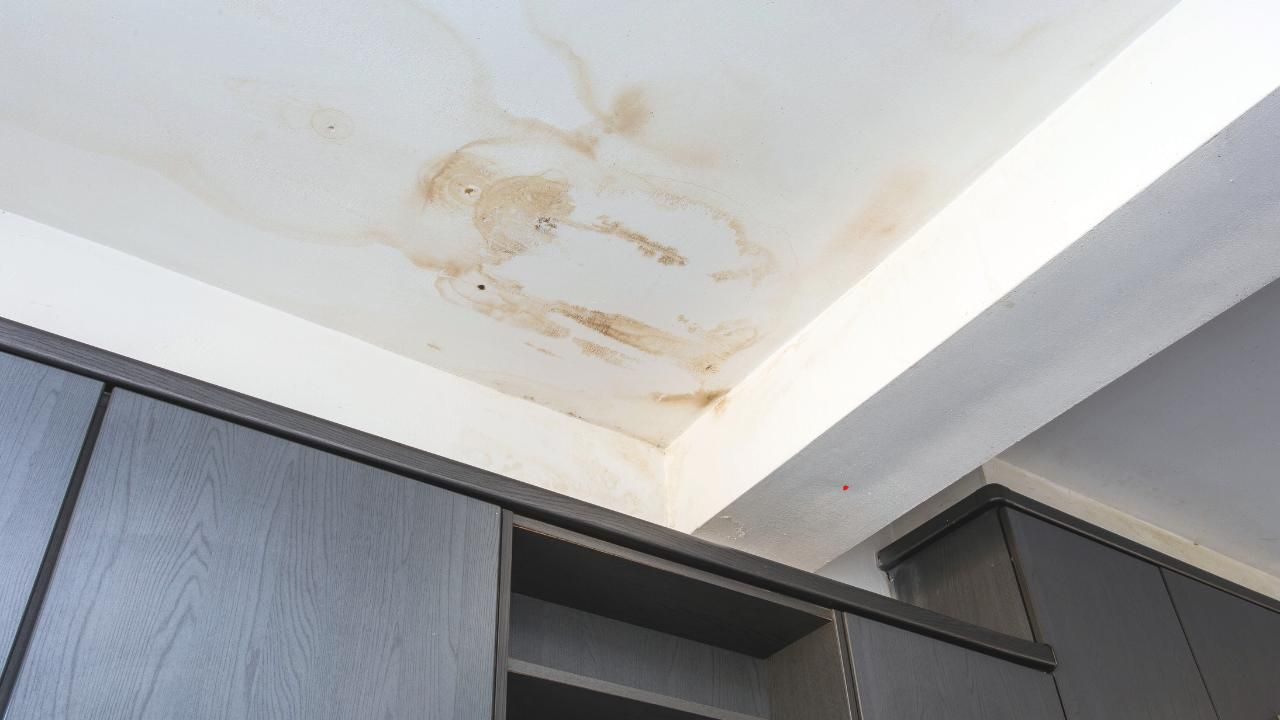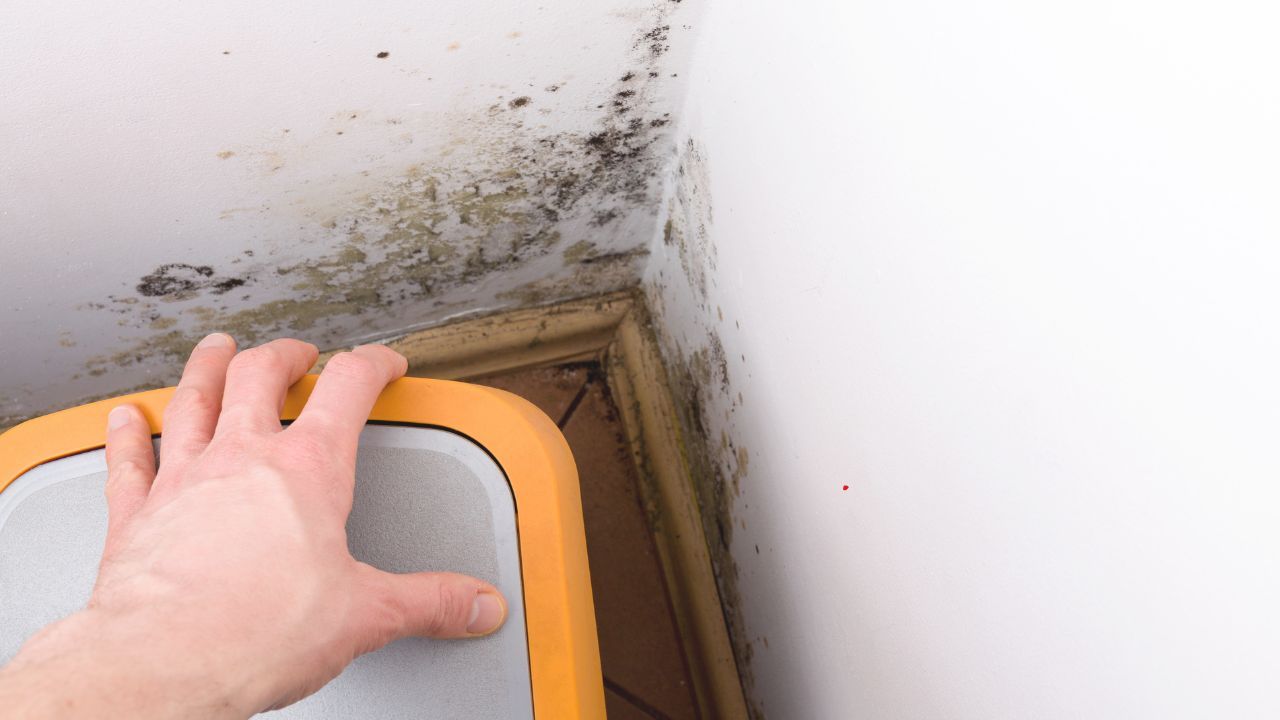The Importance of Documenting Water Damage for Insurance Claims

When water wreaks havoc in your home, the last thing you want to deal with is a messy insurance battle. But without proper documentation, that’s exactly what you might face. The key to getting your claim approved quickly—and in full—is showing your insurer exactly what happened.
In this post, you’ll learn why documenting water damage matters, how to do it right, and how it can affect both your claim and your home’s recovery.
Why Water Damage Documentation Matters
Water damage can move fast—and leave lasting consequences. Insurance companies need clear proof of when and how the damage occurred, how severe it is, and what it will take to fix it. Documentation gives your claim a solid foundation.
Without it, adjusters may:
- Question the source of the water
- Dispute how long the damage has existed
- Reduce or deny parts of your payout
Think of documentation as your evidence. The more accurate and detailed it is, the better your chances of a smooth claims process.
What You Need to Document (and How)
You don’t need to be a professional inspector to gather helpful evidence. All you need is a smartphone, a notepad, and a little attention to detail. Here’s what to focus on:
1. Photos and Videos
Start as soon as it's safe. Capture wide shots and close-ups of every affected area, including:
- Wet floors and carpets
- Ceiling stains or bulges
- Damaged furniture or appliances
- Any visible mold or mildew
Be sure to document before you begin cleanup. If water removal is urgent, take pictures first—even if conditions aren’t perfect.
2. Written Details
Write down:
- The date and time you noticed the damage
- What areas of the home are affected
- Possible causes (e.g., burst pipe, heavy rain, roof leak)
- Actions you’ve taken (such as shutting off water or calling a plumber)
These notes help establish a timeline and show that you acted responsibly.
3. Professional Assessments
If you hire a contractor or water damage specialist, get their assessment in writing. They can confirm the cause and extent of damage, and often provide an estimate for repairs. These documents are gold for insurance adjusters.
Working With Your Insurance Company
Once you’ve documented the damage, it’s time to file your claim. Here’s how to give yourself the best chance of approval:
- Submit everything early: Don’t wait. Provide photos, videos, written notes, and receipts all at once.
- Follow up regularly: Stay in touch with your adjuster. Ask if they need more info.
- Be honest, but firm: Stick to the facts. If something seems undervalued, speak up and share evidence to support your case.
When you document thoroughly, you reduce the guesswork and help your insurance company help you.
Case Study: A Quick Response on Kaua’i
One homeowner in Kaua’i noticed a wet patch on their ceiling during a stormy weekend. Instead of waiting, they documented the area with photos and called Eco Kauai Services, who confirmed the leak was caused by roof damage. The homeowners also received mold remediation services to stop the spread. Their insurer approved the claim within days thanks to their prompt action and thorough records. Quick thinking and detailed evidence saved both time and money.
For anyone needing Kaua’i, HI water damage repair, this kind of preparation makes all the difference.
Your Next Step
Water damage is stressful—but getting insurance coverage doesn’t have to be. Start with clear, consistent documentation. It’s your best defense against delays, denials, and future problems. Whether you're dealing with a minor leak or a major flood, taking a few smart steps now can protect your home and your wallet down the line.
Need help fast? Contact a certified water damage expert in your area to assess the damage and get started on repairs.




